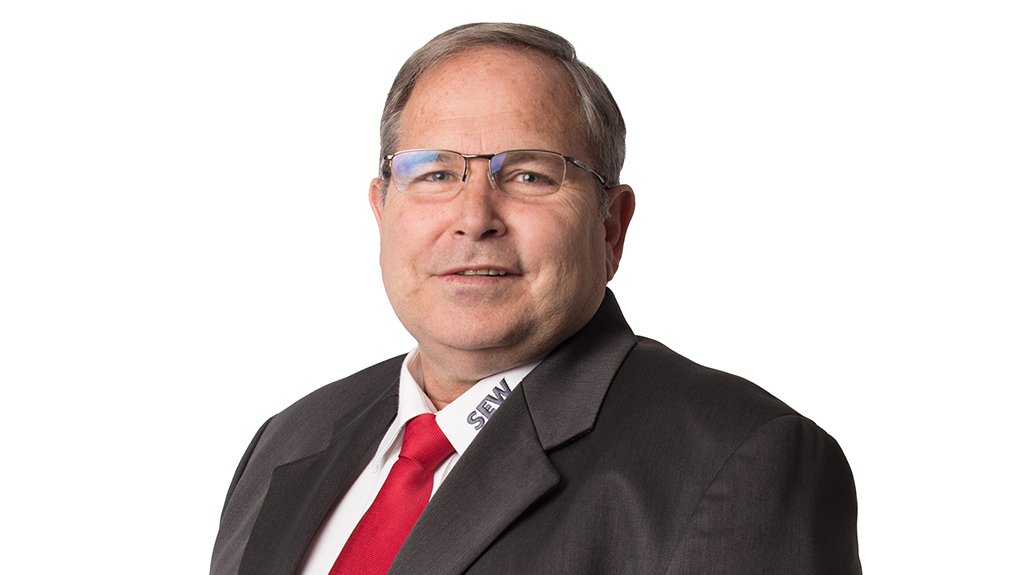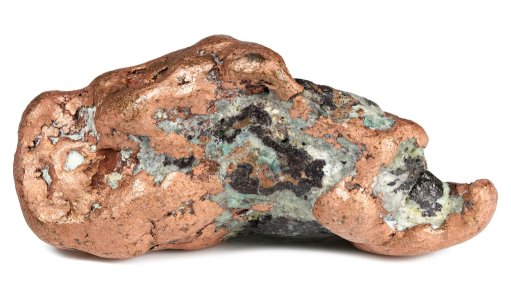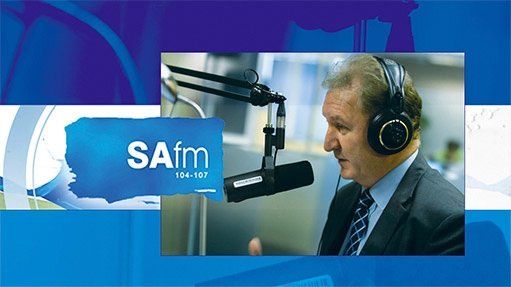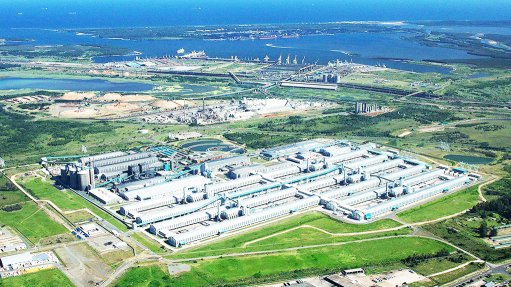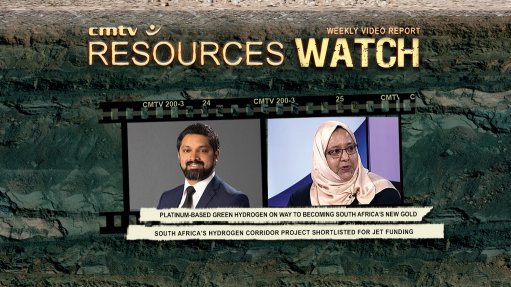SA needs to be doing more to avert a catastrophic water crisis
By Raymond Obermeyer, Managing Director at SEW-EURODRIVE South Africa
South Africa is rapidly approaching a water crisis with potentially catastrophic consequences. After decades of mismanagement and a lack of maintenance the country’s water infrastructure is crumbling.
A Daily Maverick article published earlier this year claimed that more than half the country’s wastewater plants that are meant to treat sewage before releasing it back into the environment are failing with a concerning number in a state of decay. The result: the release of untreated sewage, industrial and pharmaceutical wastewater back into our rivers and oceans.
The Department of Water and Sanitation is well aware of the extent of the crisis and has admitted that 56% of its 1150 treatment plants are in a poor and critical condition with 265 in a state of decay. Iris dashboard data confirms this revealing that 75% of wastewater treatment plants run by municipalities achieved less than 50% compliance to minimum effluent standards in 2020.
The fact that many of the country’s rivers and dams, including the Vaal River, Vaal Dam and Hartbeespoort Dam, are polluted has been well documented in recent years. A report released earlier this year by the South African Human Rights Commission argued that the continued failure of government to address the pollution in the Vaal River and Vaal Dam means the issue has become a human rights issue. It recommended that responsible government officials should face criminal charges.
In Cape Town, the city’s over-burdened wastewater treatment plants continues to pump largely untreated sewage into rivers and the ocean to the extent that the city’s own water-quality reports indicate that nearly half of its river systems are polluted, causing ecological devastation to wetlands and estuary fish nurseries and posing significant health risks to communities.
The dire condition of South Africa’s water infrastructure is nothing new. In 2006 the South African Institution of Civil Engineering (SAICE) published its inaugural Infrastructure Report Card which reflected the expert view of members on the current condition of a broad range of public infrastructure, including water infrastructure. It subsequently published report cards in 2011 and 2017, the latter report which classified South Africa’s bulk water resources infrastructure and water supply for non-urban areas as at risk of failure.
The report said that the continued deterioration in the country’s ageing bulk water infrastructure portfolio was the a result of insufficient maintenance and neglect or renewal, partly due to funding shortfalls, coupled with a serious depletion of skills personnel and officials at senior levels in the water sector which hinders decisive planning and development to avoid shortages.
Pointing out that major water projects were critically behind schedule, the report noted that budgeting and spending on maintenance, rehabilitation and expansion remains inadequate for water supply in all areas, while damage caused by service deliver protests diverts funding from maintenance and expansion budgets.
Exacerbating the state of crumbling water infrastructure is the fact that South Africa is a water-scarce country. Classified as the 30th driest country in the world, predictions are that unless we take drastic action, demand for water will outstrip supply within a decade.
If the dire state of the country’s water infrastructure was already well known years ago, the question that must be asked is why there has been so little action taken to address the challenges?
Government does appear to have acknowledged that there is a looming water crisis in our future. During his state of the nation address in February this year, President Ramaphosa announced that the establishment of a National Water Resources Infrastructure Agency would be accelerated. The agency will be responsible for building new water resource infrastructure and operate existing dams and main transmission canals and pipelines that have traditionally been the responsibility and domain of the Department of Water and Sanitation.
In April, during a meeting of the Presidential Infrastructure Coordinating Commission Council a key focus of the discussion was on municipal water infrastructure. The council identified a range of infrastructure failures including sewer spillages, potholes, water leaks and untreated solid waste on streets, as well as infrastructure service delivery interruptions including water cuts, electricity cuts, road closures, and non-collection of refuse.
Calls for the establishment of a National Water Regulator have been gaining momentum in recent years, based on the theory that the Department of Water and Sanitation cannot be both a player and a referee in this space and that as such, regulatory oversight needs to be separated from water resource management and water services provision. Encouragingly, National Treasury has indicated its approval of the idea of an independent water regulator, saying that it could improve the overall efficiency of water provision and improve price setting. At its April meeting the Presidential Infrastructure Coordinating Commission Council formally proposed the establishment of an independent National Water Regulator.
There is no quick fix to South Africa’s water challenges. Water infrastructure takes several years to build and is expensive to fund. Government has prioritised 11 water and sanitation related infrastructure projects, with a total estimated value of R106 billion. Of these, four – valued at around R68 billion - are ready for investment with construction expected to start within the next two years. Given the constrained state of government’s finances we can only hope that funding challenges don’t hold them up and that public-private partnerships are utilised to fund, implement and manage water projects.
Together with a concerted focus on public-private partnerships we need to implement 4IR technologies to better monitor and control water distribution networks and quickly identify leaks.
Ultimately, talk needs to translate into measurable action as we focus on better managing our scarce water resources with infrastructure that is fit for purpose and properly maintained in order to ensure the country derives the full value out of it.
Comments
Press Office
Announcements
What's On
Subscribe to improve your user experience...
Option 1 (equivalent of R125 a month):
Receive a weekly copy of Creamer Media's Engineering News & Mining Weekly magazine
(print copy for those in South Africa and e-magazine for those outside of South Africa)
Receive daily email newsletters
Access to full search results
Access archive of magazine back copies
Access to Projects in Progress
Access to ONE Research Report of your choice in PDF format
Option 2 (equivalent of R375 a month):
All benefits from Option 1
PLUS
Access to Creamer Media's Research Channel Africa for ALL Research Reports, in PDF format, on various industrial and mining sectors
including Electricity; Water; Energy Transition; Hydrogen; Roads, Rail and Ports; Coal; Gold; Platinum; Battery Metals; etc.
Already a subscriber?
Forgotten your password?
Receive weekly copy of Creamer Media's Engineering News & Mining Weekly magazine (print copy for those in South Africa and e-magazine for those outside of South Africa)
➕
Recieve daily email newsletters
➕
Access to full search results
➕
Access archive of magazine back copies
➕
Access to Projects in Progress
➕
Access to ONE Research Report of your choice in PDF format
RESEARCH CHANNEL AFRICA
R4500 (equivalent of R375 a month)
SUBSCRIBEAll benefits from Option 1
➕
Access to Creamer Media's Research Channel Africa for ALL Research Reports on various industrial and mining sectors, in PDF format, including on:
Electricity
➕
Water
➕
Energy Transition
➕
Hydrogen
➕
Roads, Rail and Ports
➕
Coal
➕
Gold
➕
Platinum
➕
Battery Metals
➕
etc.
Receive all benefits from Option 1 or Option 2 delivered to numerous people at your company
➕
Multiple User names and Passwords for simultaneous log-ins
➕
Intranet integration access to all in your organisation



